Cymbals and cymbalists
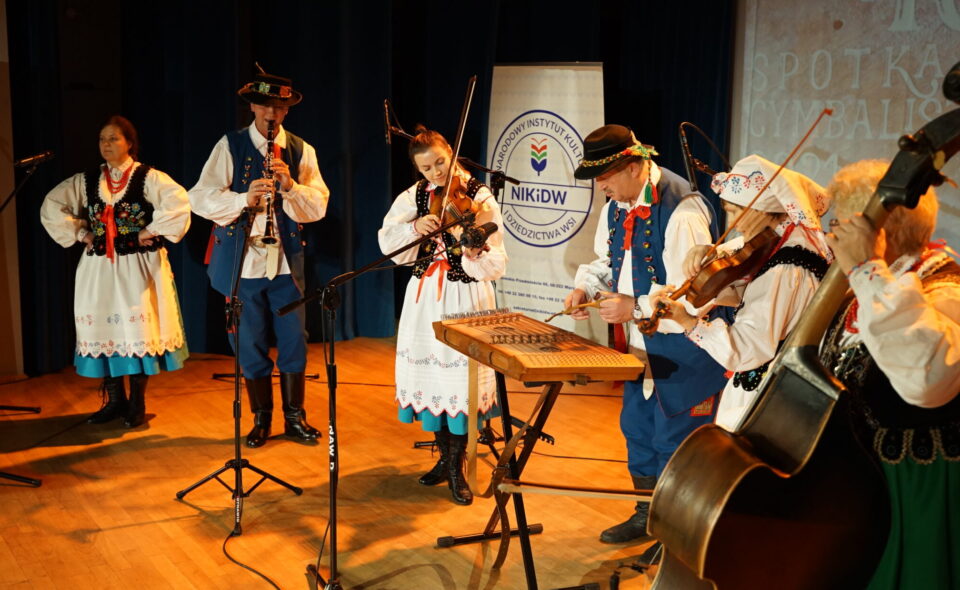
Rafal Karpinski discusses the intricate history of the dulcimer in Polish folk culture with Professor Piotr Dahlig, an ethnomusicologist from Warsaw University.
Danubing on the Tanew River - flirtatious singing of secular carols
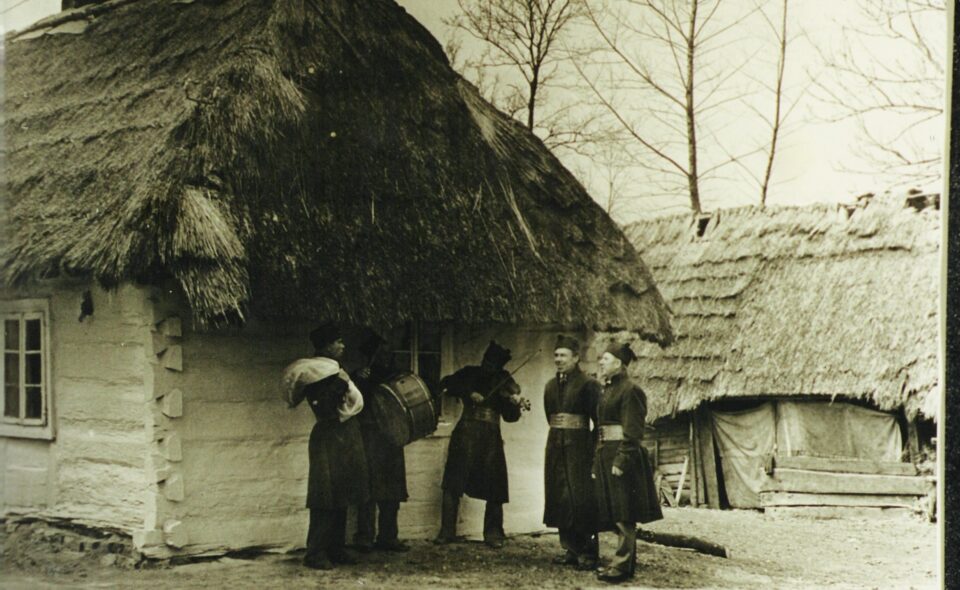
Wieslawa Kubów, director of the Municipal Cultural Center in Lukowa, is interviewed by Magdalena Trzaska about Danubeism in the Łukowa municipality.
What used to be eaten in the countryside....
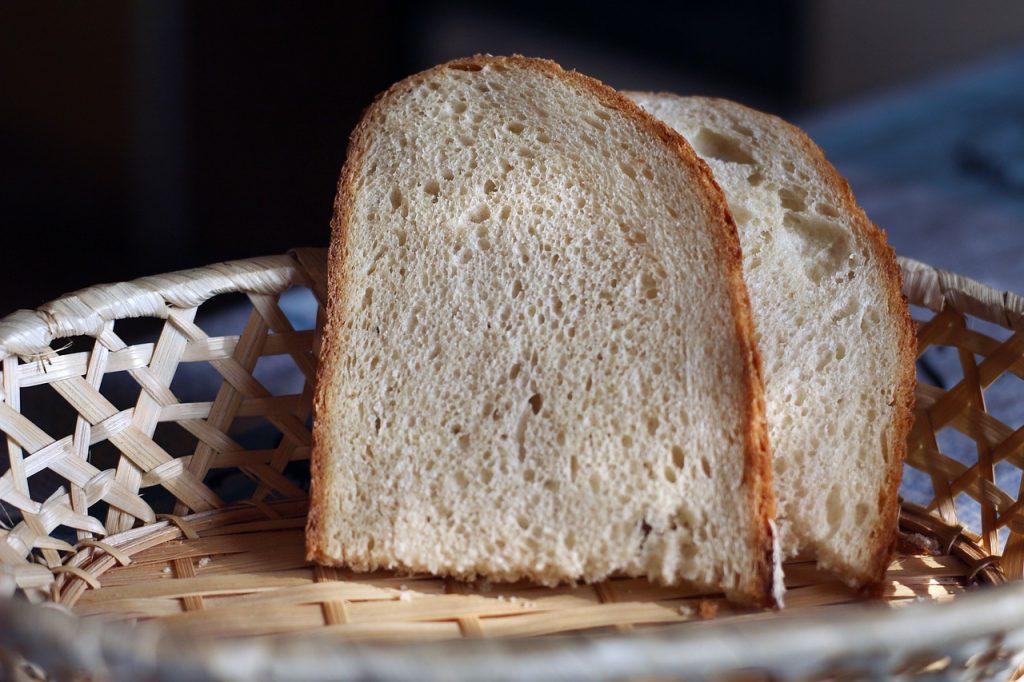
Culinary traditions are an important part of culture and customs. Passed down from generation to generation, skills, knowledge and various techniques of food production and processing, as well as customs and table culture, are a testimony to the development of civilization, the standard of living and social status. They are a sign of regional and national distinctiveness, our cultural heritage.
The power of neighborly assistance

A common area of residence causes people to enter into various relationships and dependencies with each other, social ties, customs and traditions are formed. In the case of a rural community that has been isolated from outside influences for some time, this is particularly evident.
Polish national dances part of our culture
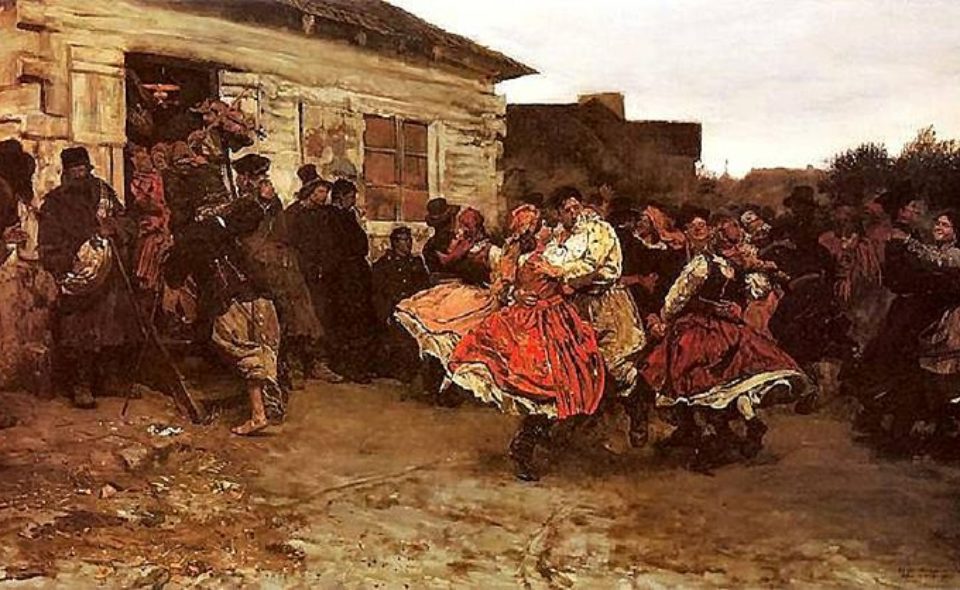
Polish national dances originated in folk culture, but have changed so much in the course of their historical development that they now have little in common with their rural originals. However, they have retained the characteristics of the region from which they originated.
Building a family home - traditions, rituals, ceremonies
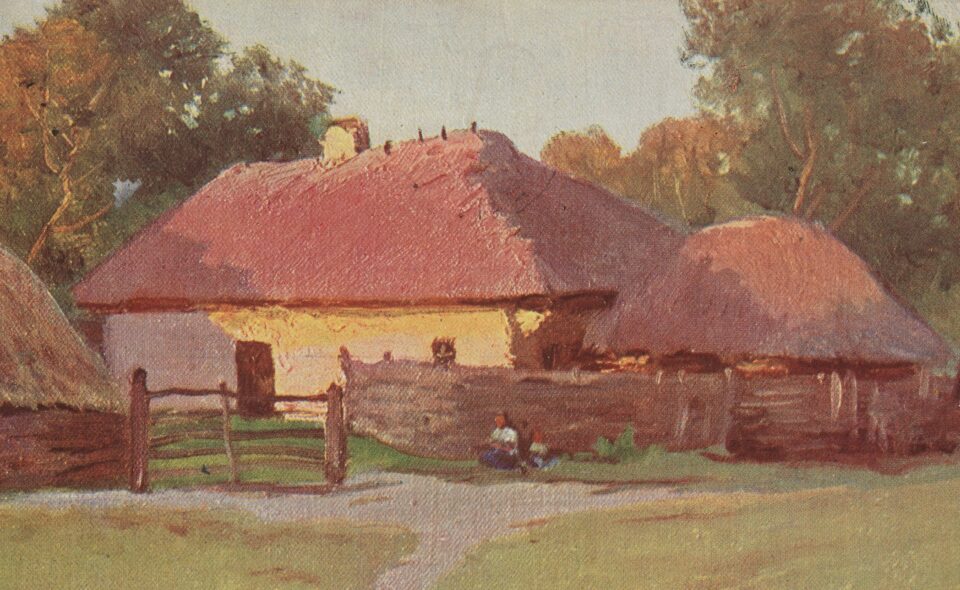
Rural architecture is an expression of national heritage. It largely developed independently of architectural fashions prevailing in urban areas. The principle of rural construction was utility and practicality of technical solutions, resulting from the experience of many generations and local tradition.
Perebory-treasures of the art of weaving
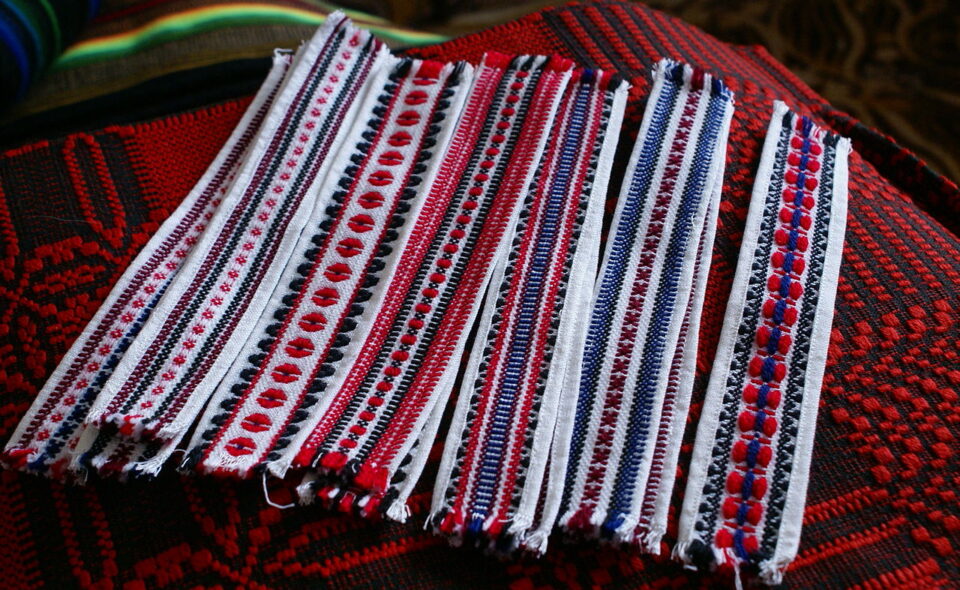
Perebory, also called by the rural population perebowry, pribory, partition, election, pasamon, is an original weaving ornament made with the technique of picking, forming a striped pattern in which the pattern parts are woven simultaneously with smooth linen, made in the areas of northeastern Lublin and the eastern part of the present Podlasie province.
The good and the grub won't spoil the...
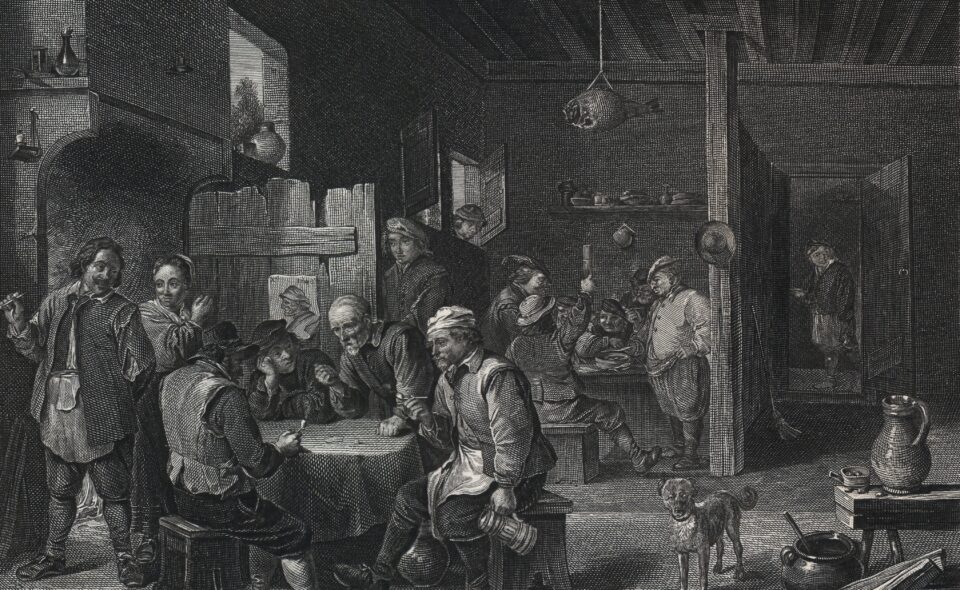
Since the dawn of time, inns have been an integral part of the Polish landscape. They were a place for entertainment, social gatherings and rest after a tiring journey.
Flavors of Greater Poland
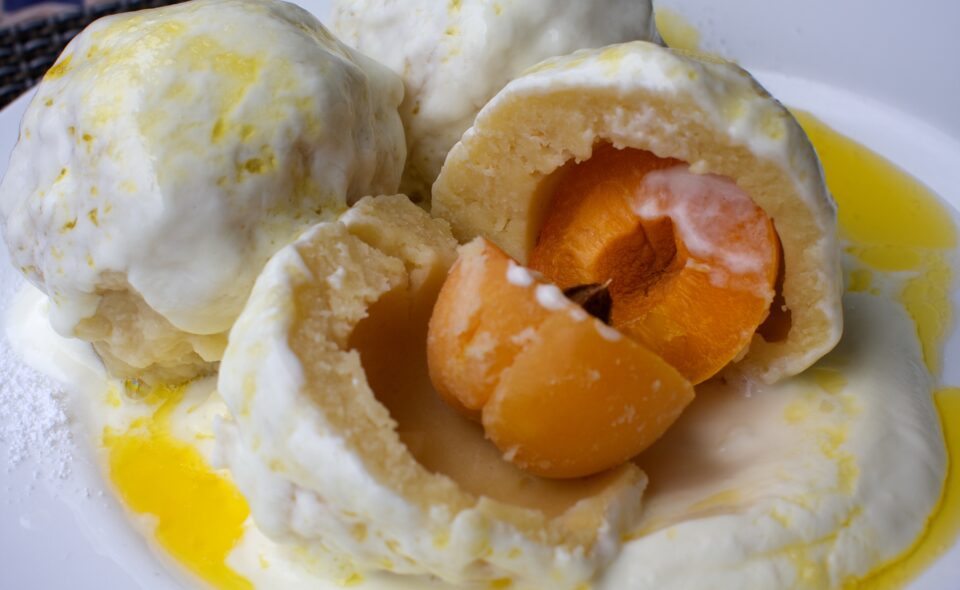
Greater Poland is a historical region located in the western and central part of Poland, mainly in the Warta River basin and partially in the central Oder River and lower Vistula River basin.
Passing on traditions in the relay of generations - a conversation with folk artist Agnieszka Radomska

Agnieszka Radomska - folk artist and advocate of the Birchwood region and its traditions - was interviewed by Magdalena Trzaska.